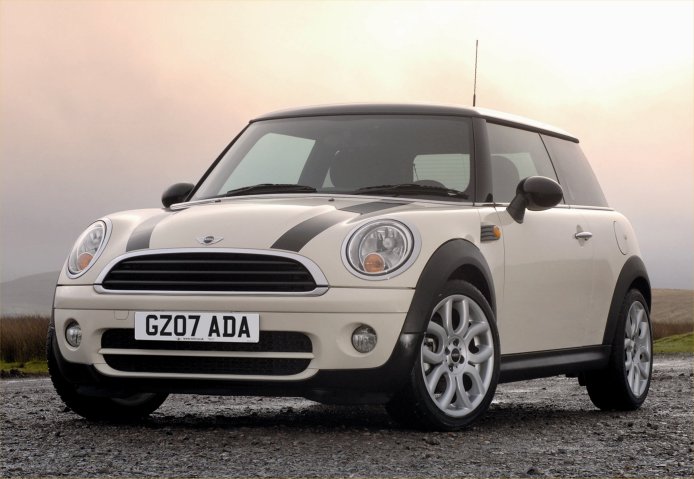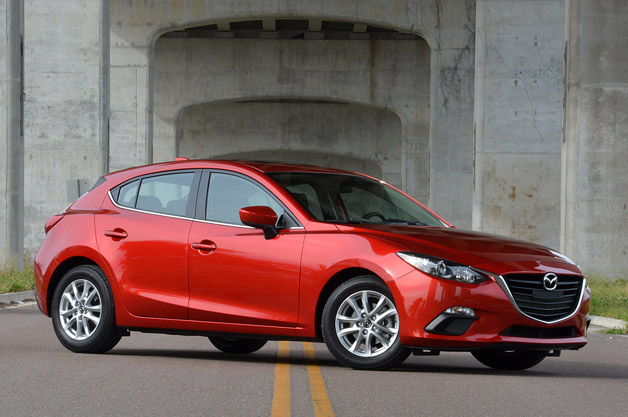 Like approximately half the American population, apparently, I've been taking yoga classes. Although I look "hippie" enough to be commonly mistaken for an art student or Kinko's employee, this does not mean that I'm anywhere close to guru-hood. Apart from a love of tea and one trip to India, I'm pretty far from a poster-boy for all things meditative or Eastern. I signed up for this class mainly because it's offered at work, and thus almost too convenient to refuse. This is not the first time I've tried yoga, and in some sense it's a miracle that I'm back at it, given that I'm blessed with possibly the tightest hamstrings in the world, and a basic metabolism so high that I sweat profusely even during non-"hot" yoga--not to mention that I don't even own a pair of sweatpants. And while I'm a pretty low-key fellow generally, I'm enough of an insomniac and mind-racer that "shavasana," the corpse-like semi-sleeping pose that every practice ends with, which most consider a kind of recompense for all the contortions leading up to it, brings back unpleasant memories of nap time in pre-school, at which I consistently failed.
Like approximately half the American population, apparently, I've been taking yoga classes. Although I look "hippie" enough to be commonly mistaken for an art student or Kinko's employee, this does not mean that I'm anywhere close to guru-hood. Apart from a love of tea and one trip to India, I'm pretty far from a poster-boy for all things meditative or Eastern. I signed up for this class mainly because it's offered at work, and thus almost too convenient to refuse. This is not the first time I've tried yoga, and in some sense it's a miracle that I'm back at it, given that I'm blessed with possibly the tightest hamstrings in the world, and a basic metabolism so high that I sweat profusely even during non-"hot" yoga--not to mention that I don't even own a pair of sweatpants. And while I'm a pretty low-key fellow generally, I'm enough of an insomniac and mind-racer that "shavasana," the corpse-like semi-sleeping pose that every practice ends with, which most consider a kind of recompense for all the contortions leading up to it, brings back unpleasant memories of nap time in pre-school, at which I consistently failed.Yet I persist, in part because of the teacher, who tantalizingly both reinforces and conflates all my stereotypes. Neither a gym teacher nor a flower child, the two basic camps into which most instructors seem to fall, she looks and comports herself a lot like an aging trophy wife--an unusually common demographic around here. Can a yoga teacher drive a Cadillac SUV, wear huge hoop earrings, and be always perfectly coiffed and made up? She employs much of the oddly vague jargon I've heard from other yoga teachers, like "side-bodies" and "sitting-bones," and she has occasionally read a cringe-inducing "everything-is-wonderful" sort of poem, or played faux-Gregorian chant with lyrics like "Creation is awakened" straight out of a Solidarity Service from Brave New World. But she rarely talks, she rarely touches anyone, and she manages to make each practice subtly different from, and slightly harder than, the last.
 Some time ago she mentioned that the changing seasons always presented a good opportunity to do a purge. Fortunately, she was not talking about barfing teenage girls, or high colonics, or trips to the Salvation Army, but rather a week-long diet in which you eschew alcohol, caffeine, sugar, meat, gluten, and dairy--all the good stuff, basically. The point is not to lose weight so much as to clear the body and mind, a biological "reset" of sorts. The most extreme form of purge would be to eat nothing but brown rice and mung beans for a week--which she'd tried--but even giving up one of the six things was a start. You should be prepared for a crash after the first day or two, but after that you should start to notice increased energy, clearer thinking, and awakened senses.
Some time ago she mentioned that the changing seasons always presented a good opportunity to do a purge. Fortunately, she was not talking about barfing teenage girls, or high colonics, or trips to the Salvation Army, but rather a week-long diet in which you eschew alcohol, caffeine, sugar, meat, gluten, and dairy--all the good stuff, basically. The point is not to lose weight so much as to clear the body and mind, a biological "reset" of sorts. The most extreme form of purge would be to eat nothing but brown rice and mung beans for a week--which she'd tried--but even giving up one of the six things was a start. You should be prepared for a crash after the first day or two, but after that you should start to notice increased energy, clearer thinking, and awakened senses.Post-Thanksgiving seemed like the perfect time to try this. In fact I'd dipped my toe in the purgatorial waters once before, last spring, but hadn't dared relinquish caffeine (or dairy). This time I decided to avoid everything except dairy (mainly to preserve my breakfast routine of yogurt with fruit). Coincidentally, this means I'd essentially be adopting the same diet as a pregnant colleague, with whom I've been joking about the ever-lengthening list of foods that our own pregnant mothers ate freely yet are now considered shameful for anyone in a family way. Long-time readers may know that I'm generally very much opposed to the recent vilification of dairy and gluten that's become all the rage among so many half-hearted health enthusiasts. My ancestors did quite well on all manner of dairy- and gluten-rich products, thank you very much, and I see no reason to forgo yogurt or whole-wheat bread in favor of soy lattes and rice-flour chocolate chip muffins. But I also realize that nearly all junk food is based in bleached flour, refined sugar, and hydrogenated oil, and even though I eat very little of this stuff normally, it might be interesting to see how things changed if I eliminated not only bagels and cookies, but pasta and bread too. Forever, no, but for the sake of contrast, yes.
By day three of the dietary challenge the most remarkable thing was how much more I was eating, and how much of it was fresh fruits and vegetables. Even with dairy still on the table (pun intended), and even though I'm not a huge carnivore, a lot of calories are locked up in meat, gluten, sugar, and even alcohol. The combination of the purge with my general locavorism has made assembling dinner feel a bit like an Iron Chef challenge. It's easy to be a vegetarian in the summer; not so much in Michigan winter. Go-to flavoring agents like bacon are off the table, as are standard bases like linguine. Yet last night I managed, almost despite myself, a meal which reminded me of that simple yet confrontational claim I'd read decades ago in Diet for a Small Planet: "the vast variety of colors, flavors, and textures comes from the plant world, yet the average American restaurant would give you no clue to this fact." My cobbled-together menu was both a celebration of fall and a jostling reminder of how much excitement and diversity can be packed into a simple meal when it focuses on vegetables:
- Brussels sprouts with chestnuts braised in butter, served with shaved Parmesan
- Eggplant baked in thin slices, tossed with olive oil, garlic, rosemary, and lemon juice
- Spicy mixed pickle of red and green chilies, onion, carrot, celery, garlic, olive oil
- Apple cider (unpasteurized)
Not much to it, really, but so much going on as you eat it: big, round, hard, bright green Brussels sprouts, slick on the surface from melted butter but wrinkled and layered like the mini cabbages they are on the inside; little dark brown hemispherical chestnuts with their unmistakable woody flavor and crumbly, slightly mealy texture; papery and buttery Parmesan crumbling on the fork or tongue; darkly colored pickled vegetables slathering fire over everything; limp yellowish eggplant slices folded over themselves, purple still showing in their almost rubbery skins; bright, sharp lemon juice; spicy, chewy, amorphous garlic bits; prickly, needle-shaped, white-and-dark-green rosemary redolent of pine groves; freshly ground salt and pepper more than an afterthought.
 |
| Shelf-stable, ready-to-eat chestnuts from the Chinese market |
 |
| Homemade pebre, a spicy mixed pickle like those in Salvadoran shops |
I can't say I've approached nirvana on this diet; my thinking hasn't cleared significantly, nor has the usual slump in energy I feel several times a day disappeared. Whether from too much or too little caffeine or alcohol, I often get mild headaches according to no predictable pattern while on my normal diet; so far I haven't had any this week. But if these food restrictions give me nothing more than a renewed sensitivity to the material world, whether in food or elsewhere, that will be no mean feat. Who among us hasn't felt a certain deadening or numbing with the passing of seasons and years, and longed to be jostled--even if a bit violently--back awake?













